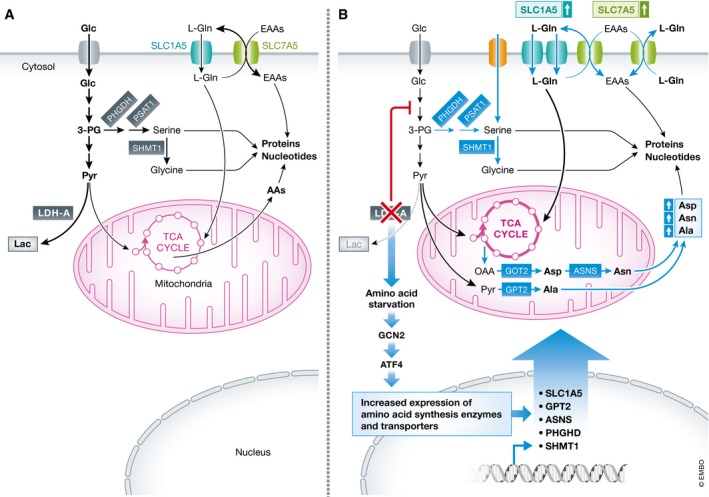Figure 1. Compensatory ATF4‐dependent amino acid metabolism confers resistance to LDHA inhibition.

(A) Melanoma cells primarily rely on glycolysis to sustain the anabolic pathways crucial for proliferation. (B) LDHA inhibition leads to increased utilization and uptake (via SLC1A5) of Gln that supports OXPHOS, and to reductions in Ser and Asp that induce the metabolic stress response directed by the serine/threonine kinase GCN2 and the transcription factor ATF4. In turn, ATF4 induces its target genes that include metabolic enzymes and transporters that direct biosynthesis and transport (green arrows) of key non‐essential and essential amino acids.
